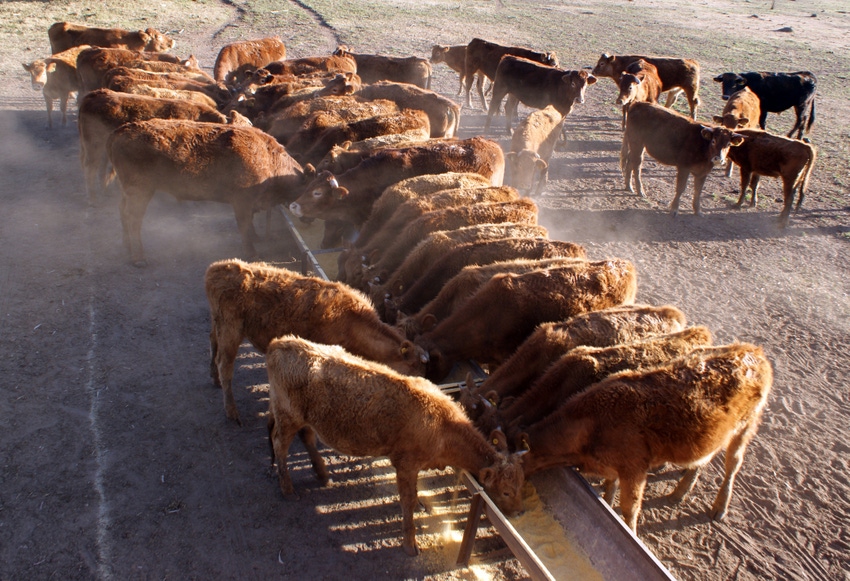Symposium to help create pathway forward for American Consortium for Plant Secondary Compounds in Livestock Production Systems.
July 8, 2019

Texas A&M AgriLife Research is presenting a symposium on “Plant Secondary Compounds in Livestock Systems to Produce Functional Foods” July 11 during the American Society of Animal Science/Canadian Society of Animal Science meeting in Austin, Texas.
In its announcement, AgriLife Research said livestock nutritionists Drs. Travis Whitney and Dan Quadros developed the symposium after recognizing a need for fellow scientists studying plant secondary compounds (PSCs) to organize in order to share their findings with each other.
“The idea was to synergize fragmented research programs and industry efforts regarding PSCs on livestock production systems and their relations with functional food development,” Whitney said.
The secondary metabolism of a plant produces a large number of specialized compounds that, even though not directly related to the plant’s growth and development, help the plant survive in its environment. Condensed tannins, saponins, essential oils, organosulfur compounds and flavonoids are examples of PSCs with great potential to be integrated into livestock production systems, Whitney added.
Utilizing plants that contain secondary compounds in livestock diets has numerous health benefits, such as reducing internal parasites, increasing rumen microbial efficiency and enhancing the quality of milk and meat products, AgriLife Research said.
“Scientists are extremely interested in studying the effects of PSC on the nutraceutical and functional properties of milk and meat and how these products could benefit human health when consumed on a regular basis,” Quadros said.
The symposium will cover the role of dietary PSC inclusion on livestock production efficiency, ruminant energy, metabolism, milk and dairy product production, beef cattle feedlot performance, meat quality and functional food research on human nutrition.
Whitney said the goal is to create and develop an interdisciplinary and multi-institutional consortium to advance the understanding of how PSCs can be incorporated into a healthy, sustainable livestock production system.
“At the symposium, we’ll unite an outstanding team of multidisciplinary scientists to deliver cutting-edge summaries in order to synergize PSC knowledge, which will create a pathway forward to the development of the American Consortium for Plant Secondary Compounds in Livestock Production Systems,” Whitney said.
Quadros said he believes the consortium will be the cornerstone for the direction of future research, securing funding and unifying scientific groups and industry efforts across the globe.
“The consortium is a remarkable innovation because it converges different areas of PSC studies such as animal nutrition, rumen physiology, animal health and animal products quality,” Quadros said.
Source: Texas A&M AgriLife Research, which is solely responsible for the information provided and is wholly owned by the source. Informa Business Media and all its subsidiaries are not responsible for any of the content contained in this information asset.
You May Also Like

.png?width=300&auto=webp&quality=80&disable=upscale)

